The financial markets are responding positively to China President Xi Jinping’s calm but uninspiring speech at the Boao Forum for Asia today. At the time of writing, Nikkei is trading up 1%, Hong Kong HSI is up 0.9%. JPY is deeply lower at the current 4 hour bar while commodity currencies show much strength. This is a clear sign of risk appetite.
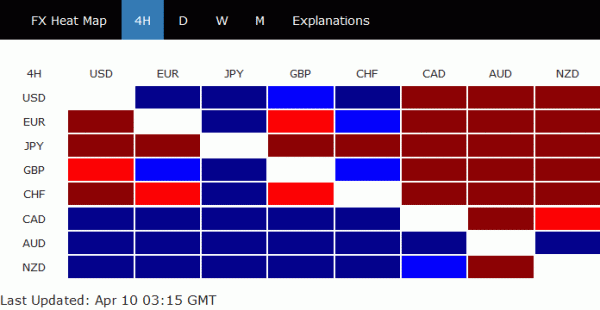 Zero-sum game thinking is outdated
Zero-sum game thinking is outdated
Xi urged the world not to return to “Cold War” mentality. He said that “human society is facing a major choice to open or close, to go forward or backward.” And, “in today’s world, the trend of peace and cooperation is moving forward and a Cold War mentality and zero-sum game thinking are outdated.”
And, he added that “paying attention only to one’s own community without thinking of others can only lead into a wall.” XI urged that “we can only achieve win-win results by insisting on peaceful development and working together.”
Stay committed to multilateral frameworks
Regarding trade, Xi said that “China does not seek trade surplus. We have a genuine desire to increase imports and achieve greater balance of international payments under the current account.” And, “we hope developed countries will stop imposing restrictions on normal and reasonable trade of high-tech products and relax export controls on such trade with China.”
Xi also emphasized the need to “stay committed to openness, connectivity and mutual benefits, build an open global economy, and reinforce cooperation within the G-20, APEC and other multilateral frameworks”.
China to further open up
Xi also talked about the plans to further open up the massive Chinese markets to foreign investments. The measures would include “significantly” lowering import tariffs for autos, enforcing intellectual property protection, and improving investment protections for foreign companies.
Our views
Xi’s speech is the kind that we expected. He is not a leader who thrives on populism and thus there wasn’t any emotionally charged over the top words or phrases. Xi is a leader who survives on internal party politics in a politically closed country. The reiteration of commitment to multilateral relationship is consistent with the party line to accuse US of protectionism.
The pledges to open up the markets have been delivered by various Chinese leaders for two decades but actual delivery has been relatively small. And for now, these pledges remain words only. In addition, China still have the option of opening the markets to all but those who don’t commit to multilateral frameworks.
So, does Xi’s speech do something to ease the trade tension with the US? Certainly not. Does it worsen the relationship? No neither. It’s like calling “check” playing poker. The ball is still on Trump’s court.
Below is Xi’s speech with English translation voice over.





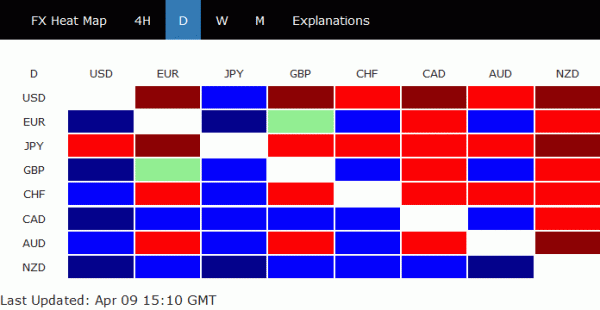
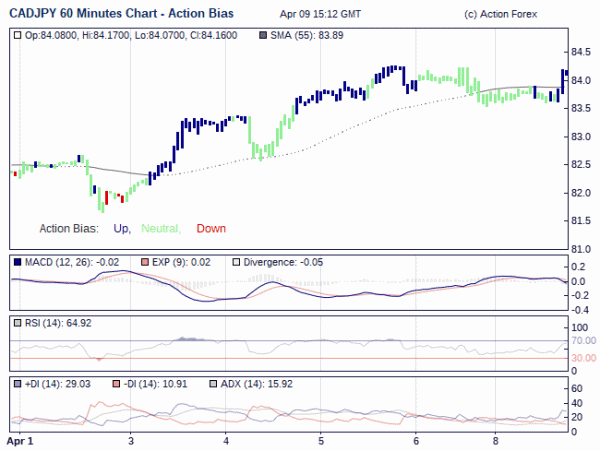
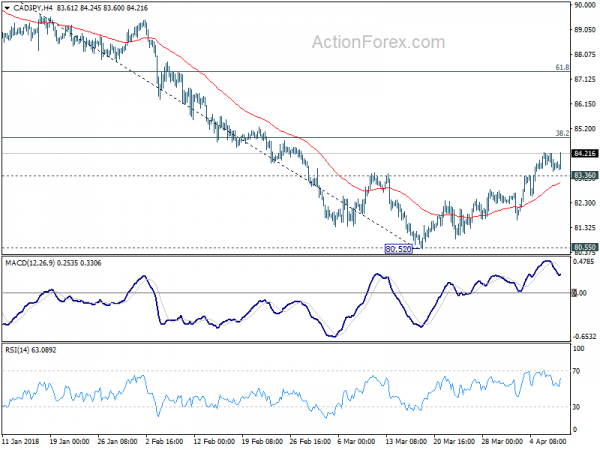
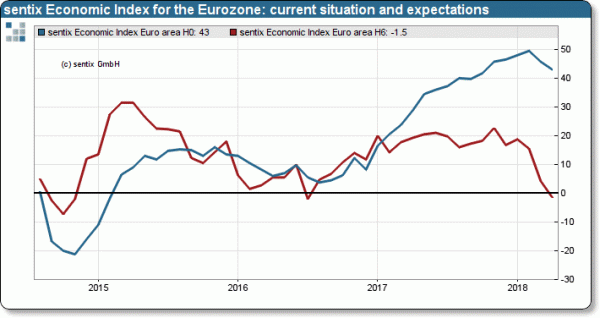
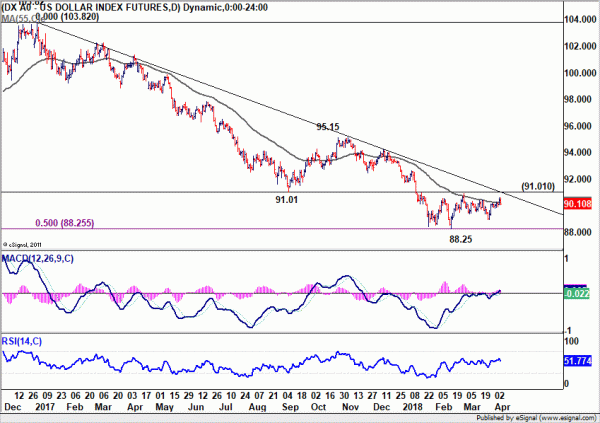
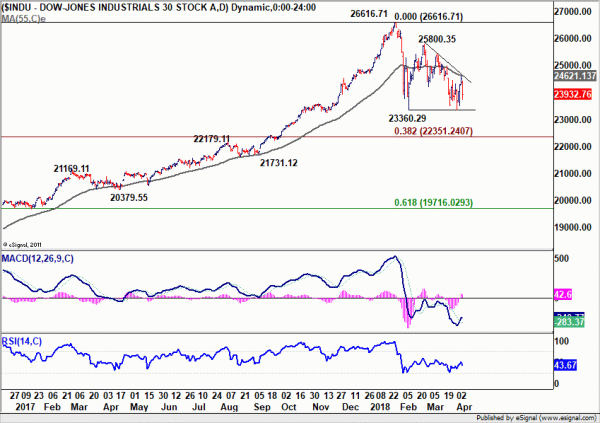
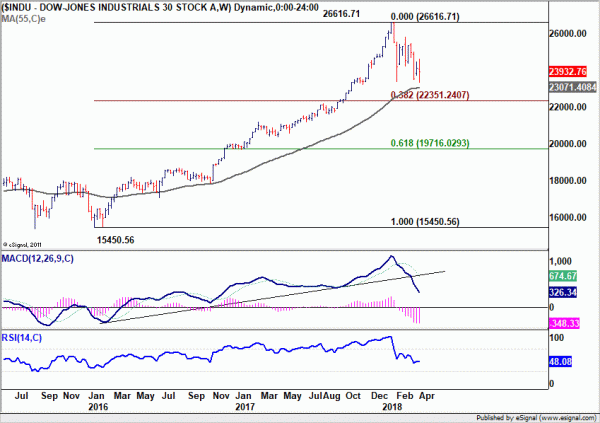
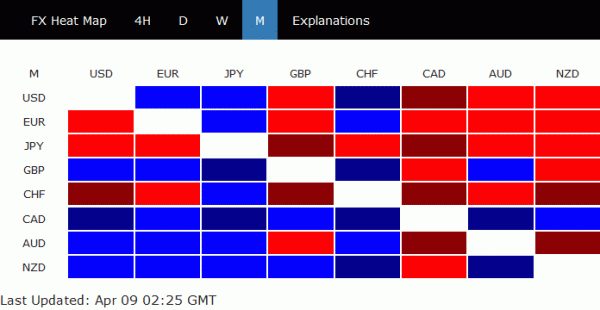
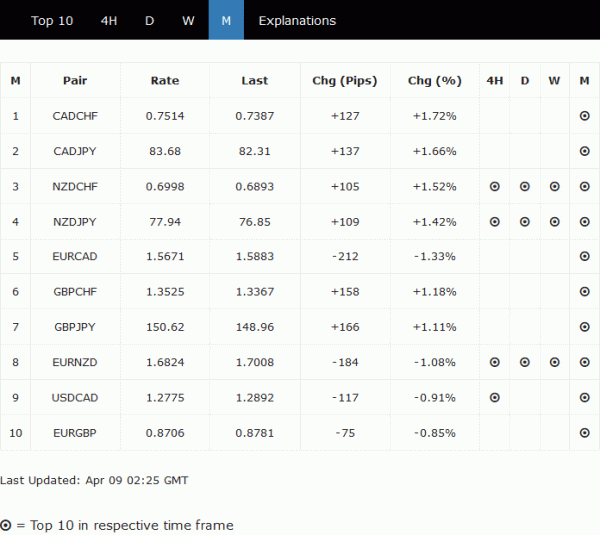
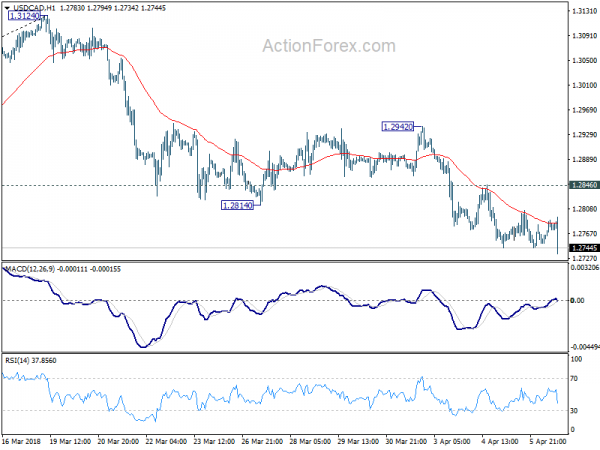
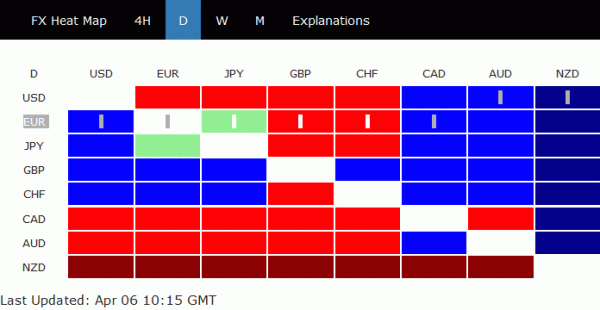

Dallas Fed Kaplan: Trade rhetoric could have chilling effect
Dallas Fed President Robert Kaplan reiterated his expectation for two for rate hikes this year. And, 2018 is seen a a relatively solid year for growth to him. But Kaplan also noted that it is going to be watching the yield curve “very carefully”. And he won’t “blindly” support rate hikes if yield curve keeps flattening.
In addition, like other Fed officials, Kaplan said it’s “too early to judge” how the trade spat between the US and China is going to affect the economy. But he warned that if the rhetoric goes on for long enough at this level, it is “having somewhat a chilling effect”.
He added that “I’m still hopeful when we look back a year or two from now you’ll see very little actually done in the way of tariffs that were implemented”. And, “that would be my base case, and I think we are in the early innings of this.”